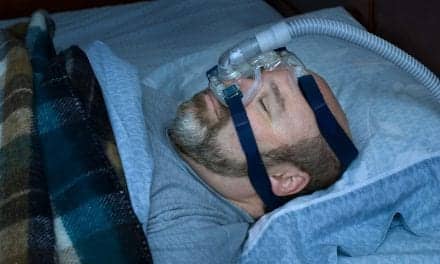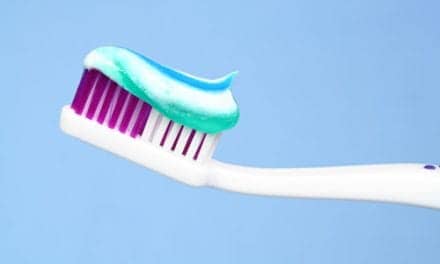Itamar Medical received FDA clearance to expand the medical indication of WatchPAT for sleep apnea diagnosis. Under this approval, the use of WatchPAT in the USA is permitted from the age of twelve, expanding the previous indication for ages seventeen and older. The new clearance is expected to increase the target market for WatchPAT. Similar approvals were recently granted in Japan and Europe.
WatchPAT is a Home Sleep Test (HST) diagnostic device for sleep apnea. The product is a central pillar in Itamar Medical’s strategy of providing a Total Sleep Solution (TSS), which includes diagnostics and treatment of sleep apnea.
“We are excited by the FDA’s decision to approve an expanded age indication for our WatchPAT. This clearance is a testament to the solid scientific foundations of our product, as well as to the increasing demand for its use,” said Gilad Glick, CEO of Itamar Medical.
The incidence of sleep apnea increased significantly in recent years, reaching alarming rates among adolescents. This is attributed, among other factors, to the increase in obesity and shifting in life styles in this age group.
In many cases, adolescents will suffer from various comorbidities, such as ADHD, that will not receive appropriate medical care as long as the underlying sleep apnea remains undiagnosed and untreated. Studies show that 25% or more of ADHD cases in adolescents can be attributed to untreated sleep apnea. Early diagnosis of sleep apnea not only enables appropriate and effective treatment of the problem, but also precludes unnecessary use of medication, hence optimizing patient safety and treatment outcomes.
Professor David Gozal, a leading pediatric sleep physician and scientist at the University of Chicagoand Comer Children’s Hospital in Chicago, USA, and the President of the American Thoracic Society added that “the clearance of the WatchPAT for clinical use in adolescents is a welcome addition to the currently limited array of home-based diagnostic technologies for children suspected to suffer from sleep-disordered breathing, and should enable reliable and more timely detection of those patients in need for treatment”.










